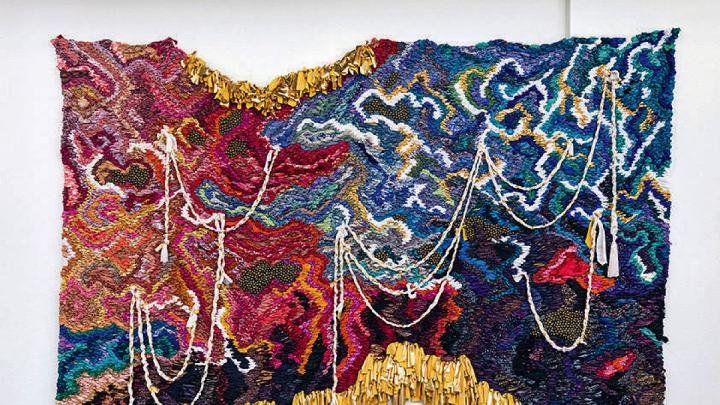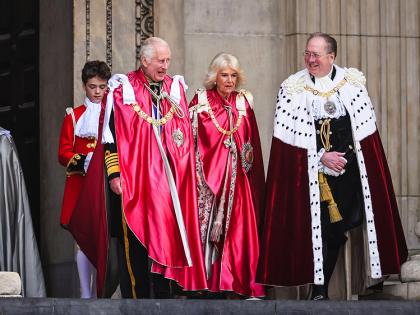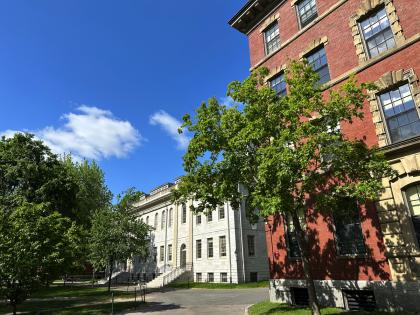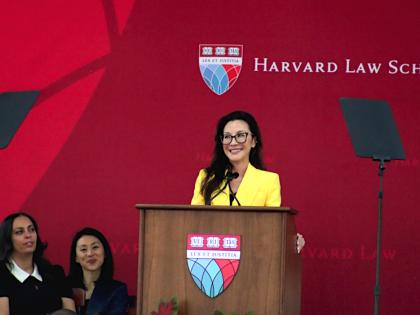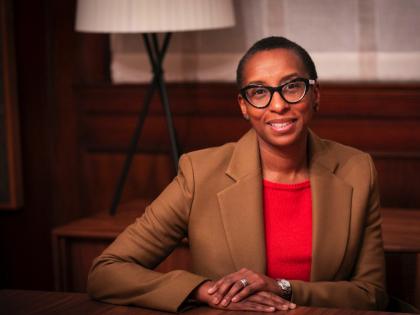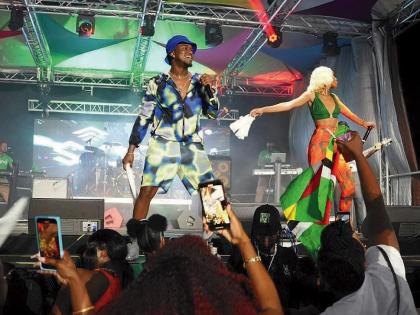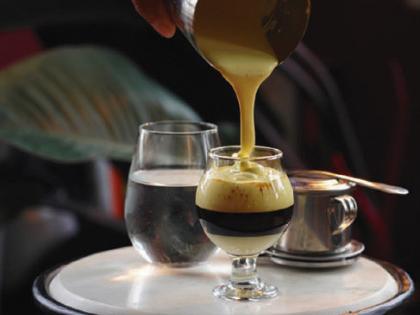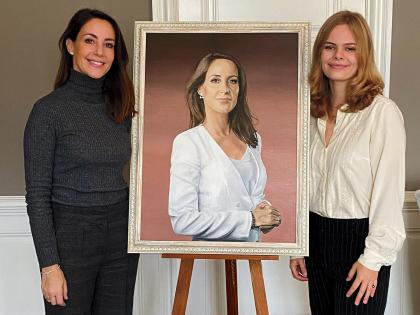The multimedia exhibition “Forecast Form: Art in the Caribbean Diaspora, 1990s-Today,” at the Institute of Contemporary Art, Boston, through February 25, opens with a bold tapestry. From across the room, Suchitra Mattai’s 2022 An Ocean Cradle could be a textured map of land, clouds, or shifting migrants’ routes. But up close, viewers discover the intricately woven fabrics (pieces of handmade saris collected from friends and family) amid clusters of ghungroo bells worn in classical Indian dances. This artwork is a painstaking, strand-by-strand construction. And it speaks to a core theme of the show: expanding perceptions of this complex region of more than 700 islands. The works of 28 artists illustrate that “the Caribbean” is not bound by “geography, language, and ethnicity,” exhibit text explains, but is a diasporic entity engaged in “constant exchange, displacement, and movement” where “the past, the present, and the future meet.” It’s a region marked by oceanic tides of shifting colonial powers and struggles for independence amid waves of populations—just as Mattai’s ancestors traveled from India to what’s now Guyana to become indentured servants on sugarcane plantations.
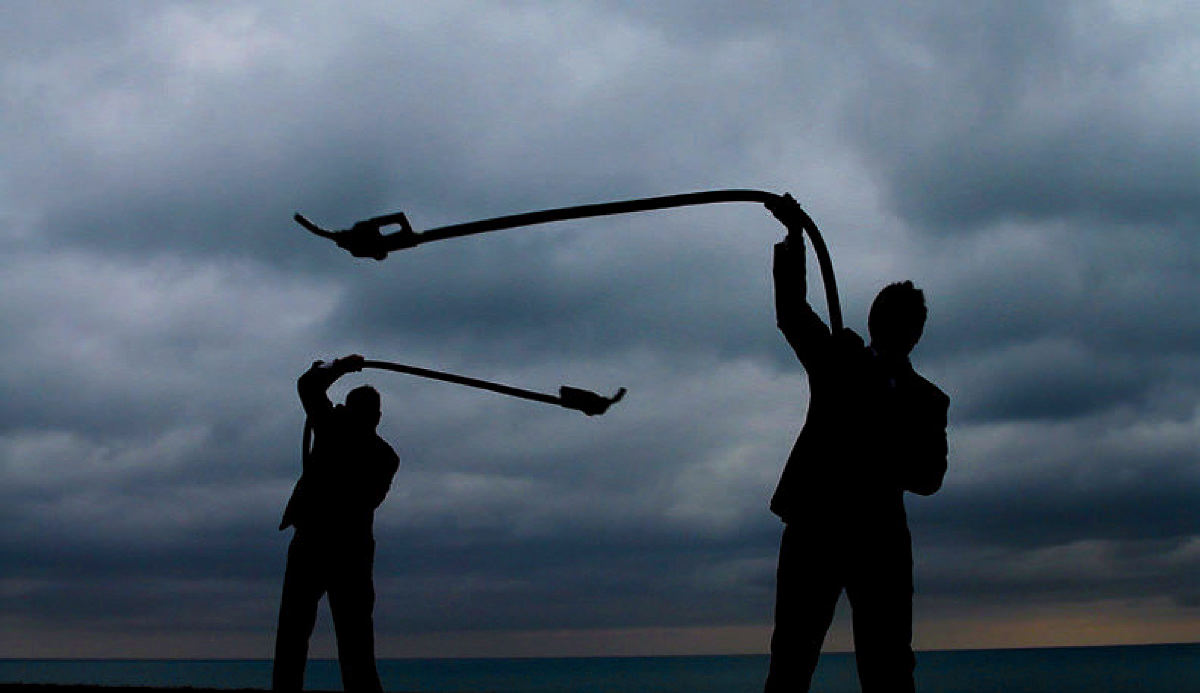
Christopher Cozier’s 2014 video Gas Men features two businessmen whirling gas pump handles like cowboys gearing up for a rodeo. It evokes the multicultural influx and global economies, like oil extraction, and associated cultural hierarchies that have affected the Caribbean’s development. In his acrylic and wood carving Cursed Grounds: Cursed Borders (2021), Haitian-American Didier William highlights a bifurcated surrealist landscape—the uprooted, dying trees above ground, and the vitality of running, amorphous animals below—in the age of climate change and migratory movements. In Lorraine O’Grady’s photograph The Fir Palm (1991/2019), a slanting tree, a blend of a New England fir and Caribbean palm, grows from the back of a black woman, evoking the artist’s first-generation experience growing up in America with Jamaican immigrant parents. These shared Caribbean roots sprout trees and creativity across the globe.
